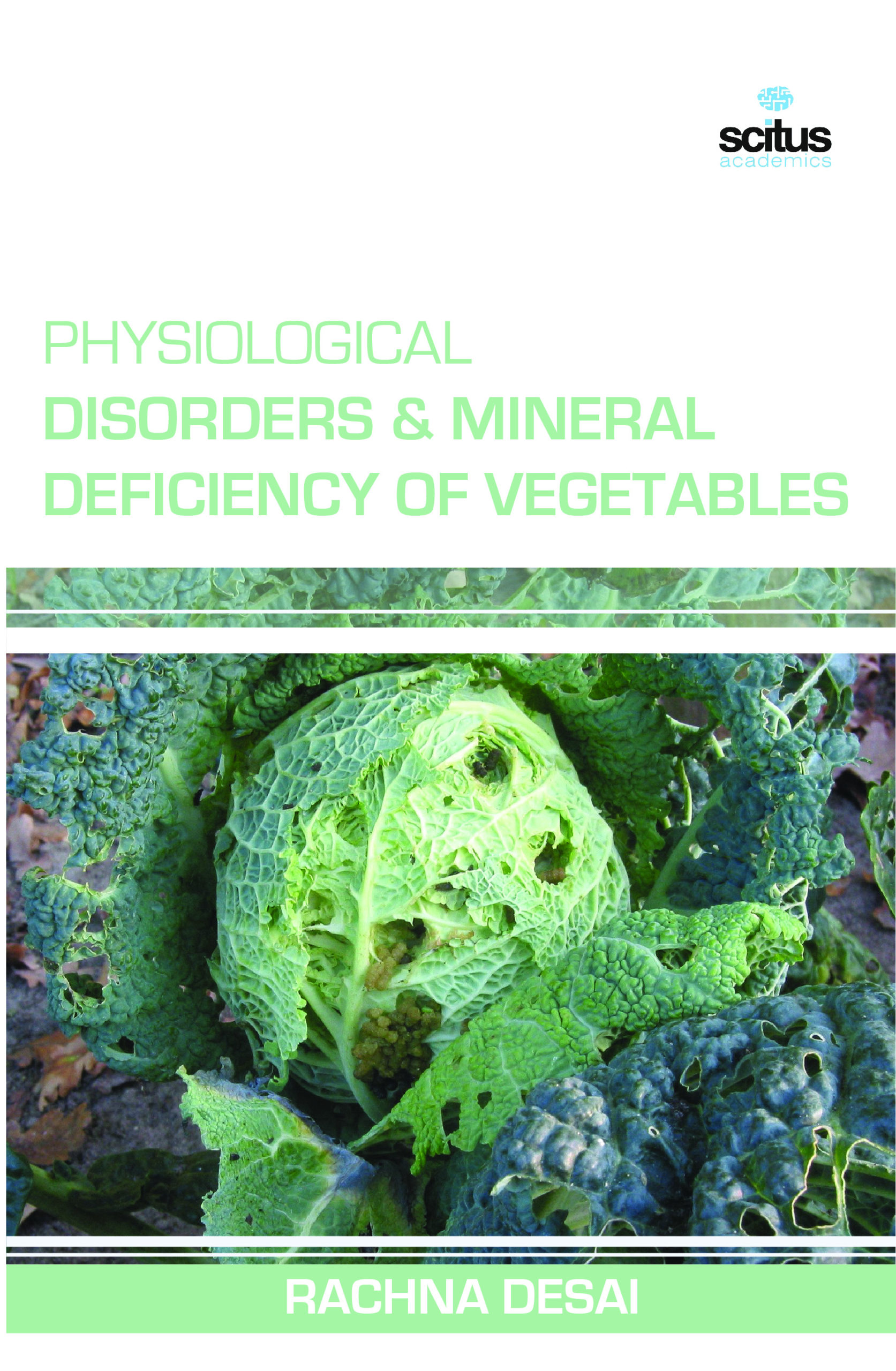Visual nutrient deficiency symptoms can be a very powerful diagnostic tool for evaluating the nutrient status of plants. One should keep in mind, however, that a given individual visual symptom is seldom sufficient to make a definitive diagnosis of a plant’s nutrient status. Many of the classic deficiency symptoms such as tip burn, chlorosis and necrosis are characteristically associated with more than one mineral deficiency and also with other stresses that by themselves are not diagnostic for any specific nutrient stress. However, their detection is extremely useful in making an evaluation of nutrient status. In addition to the actual observations of morphological and spectral symptoms, knowing the location and timing of these symptoms is a critical aspect of any nutrient status evaluation. Plants do not grow in isolation, they are part of the overall environment and as such they respond to environmental changes as that affect nutrient availability. Also, plants do influence their environment and can contribute to environmental changes, which in turn can affect the nutrient status of the plant. Stresses such as salinity, pathogens, and air pollution induce their own characteristic set of visual symptoms. Often, these symptoms closely resemble those of nutrient deficiency. Pathogens often produce an interveinal chlorosis, and air pollution and salinity stress can cause tip burn. Although at first these symptoms might seem similar in their general appearance to nutrient deficiency symptoms, they do differ in detail and/or in their overall developmental pattern. Pathological symptoms can often be separated from nutritional symptoms by their distribution in a population of affected plants. If the plants are under a nutrient stress, all plants of a given type and age in the same environment tend to develop similar symptoms at the same time. However if the stress is the result of pathology, the development of symptoms will have a tendency to vary between plants until a relatively advanced stage of the pathology is reached.













